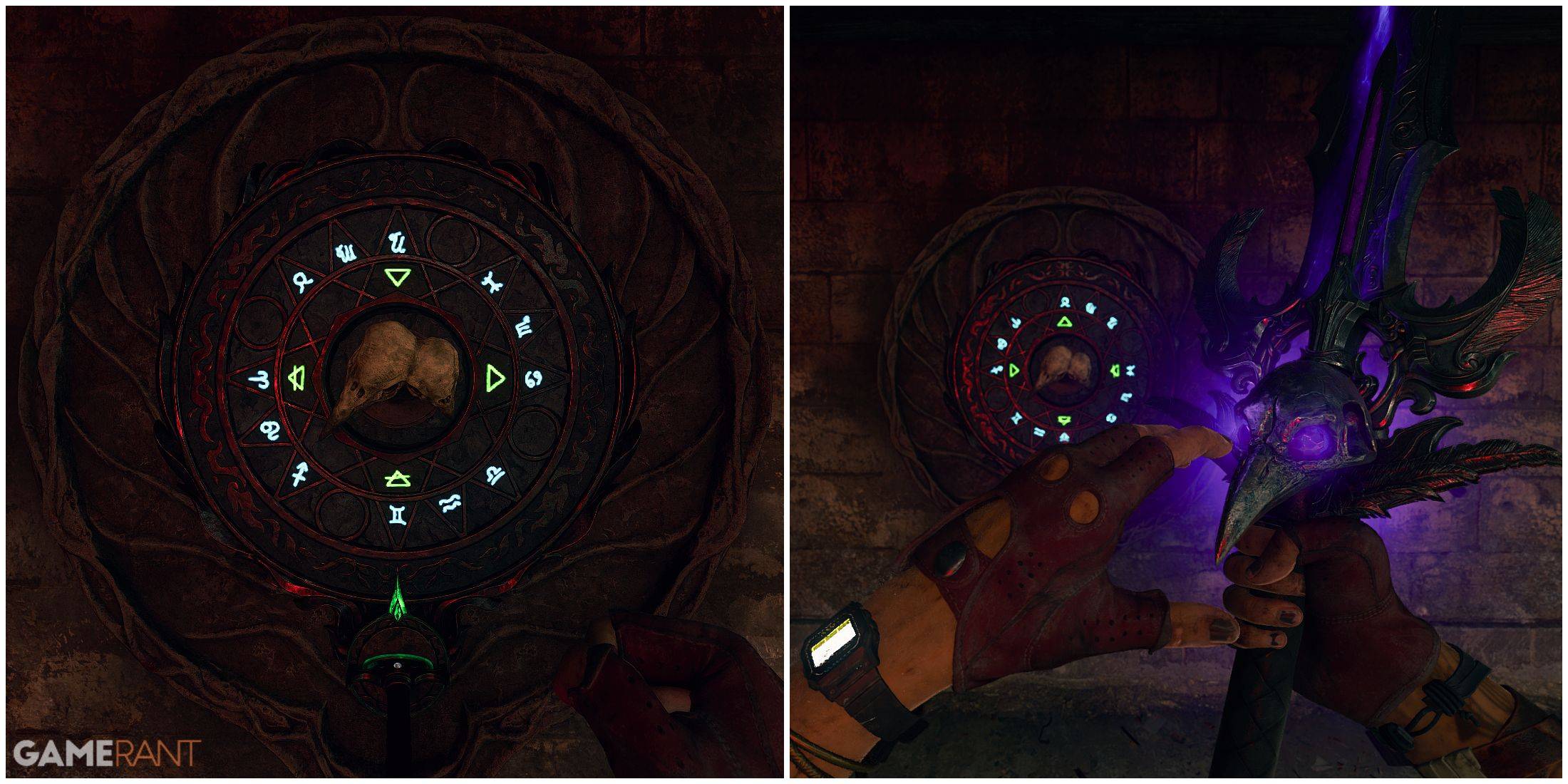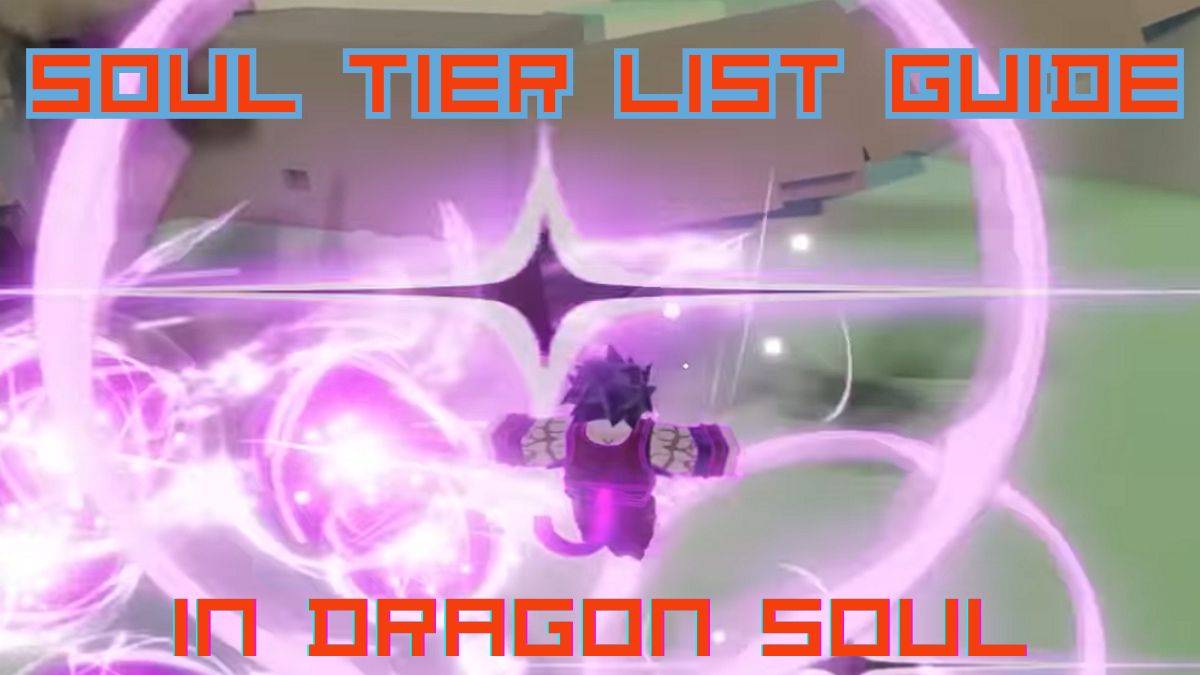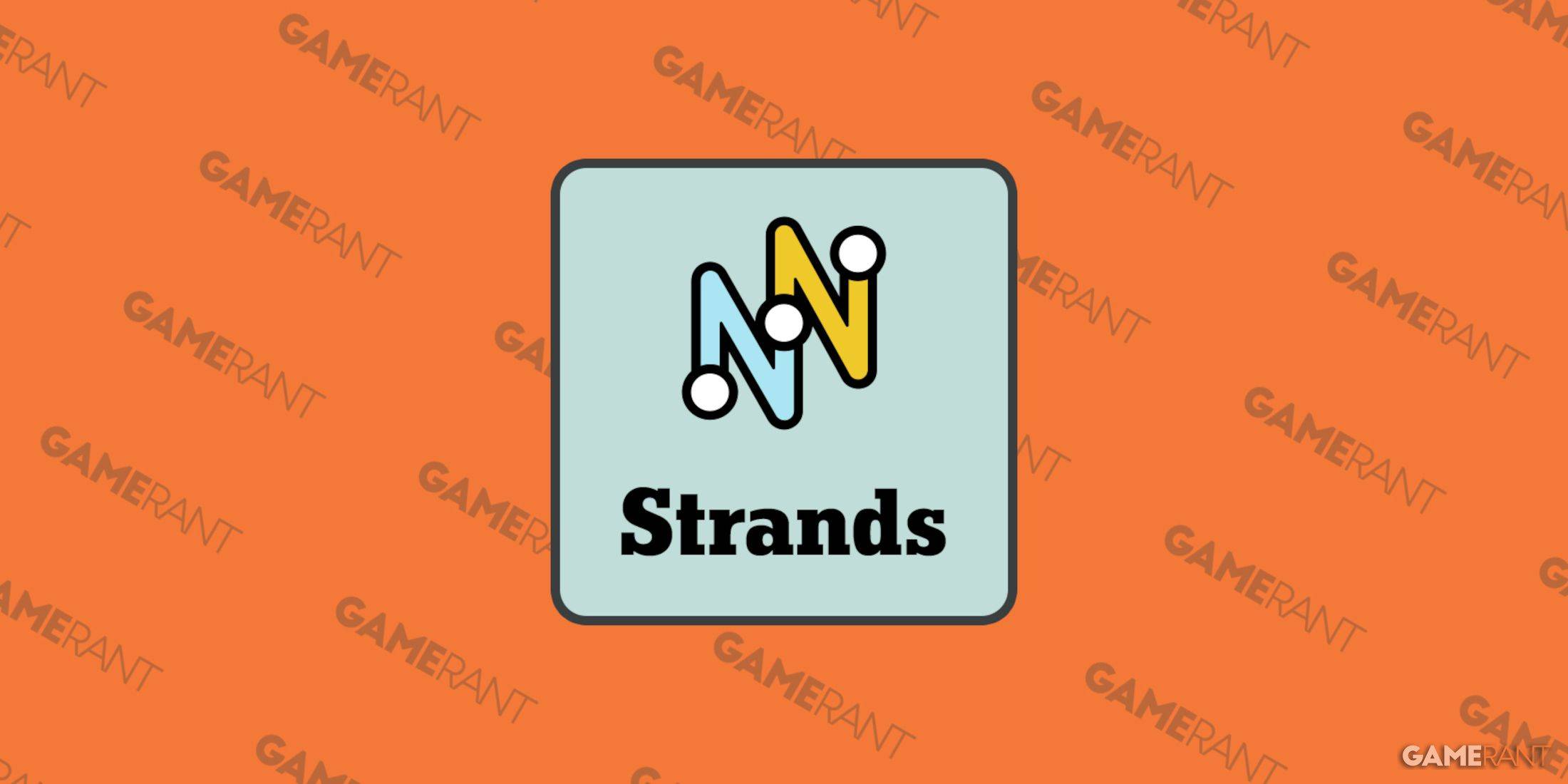Monster Hunter's Global Domination Unveiled
- By Savannah
- Apr 10,2025
In the leadup to its global launch, Monster Hunter Wilds shattered pre-order records on both Steam and PlayStation, effortlessly following in the footsteps of its extraordinarily popular predecessors, 2022's Monster Hunter Rise and 2018's Monster Hunter: World. These sales figures have firmly established Capcom's unique and esoteric RPG series as one of the biggest video game franchises worldwide. Yet, the path to this level of global acclaim was not always smooth. Just a decade ago, the notion of a Monster Hunter game achieving such widespread popularity would have seemed far-fetched. When the original Monster Hunter launched in 2004, it received mixed reviews, and it wasn't until its transition to the PSP in 2005 that the series truly took off, but primarily in Japan.
For years, Monster Hunter epitomized the "big in Japan" gaming phenomenon. Its initial success can be attributed to several factors, but as this story will explore, Capcom's determination to expand the series' reach internationally paid off handsomely, as demonstrated by the successes of Monster Hunter: World, Rise, and now Wilds. This journey from a domestic hit to a global force is a testament to Capcom's strategic vision and adaptability.
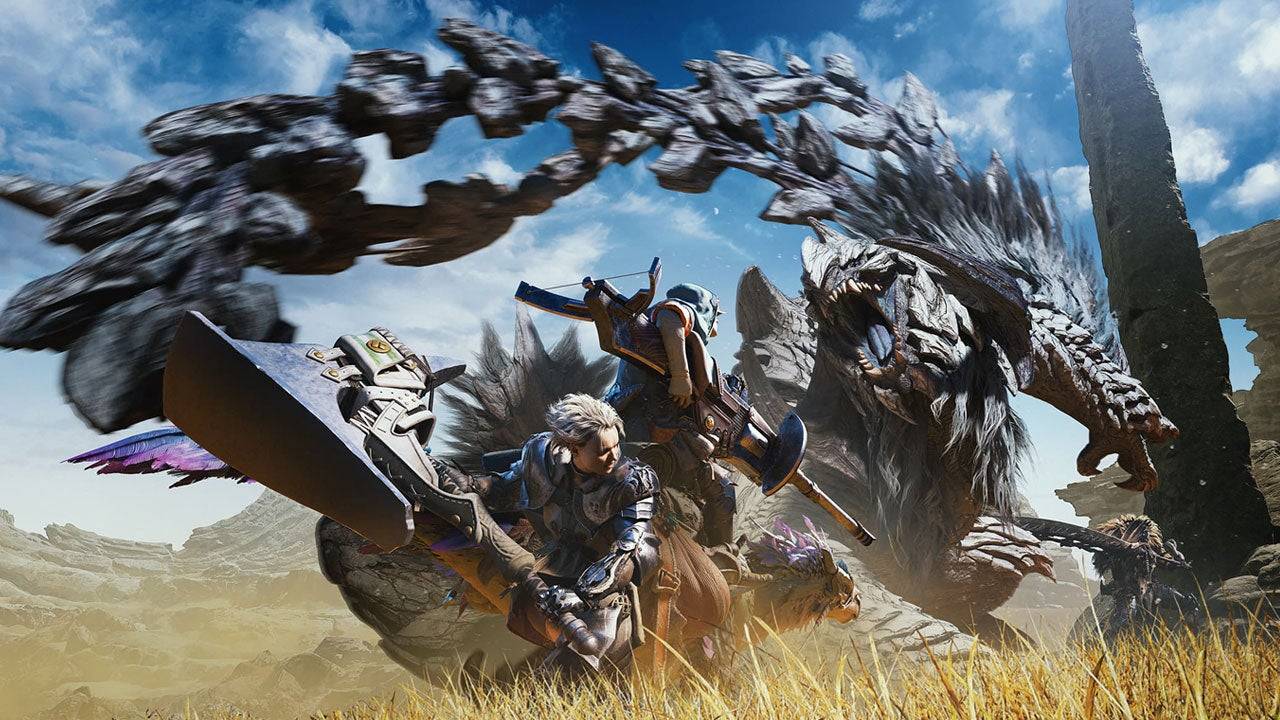
Around the time of Street Fighter 5's launch in 2016, Capcom underwent an internal reorganization to prepare for a new generation of games. This included transitioning to their new RE Engine, which replaced the aging MT Framework. However, this change was more than just about new tools; it was about a new mandate to create games for a global audience, not just for existing, territory-specific fans.
Hideaki Itsuno, a former game director at Capcom known for his work on Devil May Cry, explains, "It was a few factors that came together. The change of the engine and also all teams were given a very clear goal at that point to make games that reach the global market. [Games] that are fun for everyone."
During the PS3 and Xbox 360 era, Capcom's games often seemed to chase Western gaming trends, with mixed results. While Resident Evil 4 was a hit, other attempts like Umbrella Corps and the Lost Planet series did not fare as well. Capcom eventually realized the importance of creating games that appealed to a broad audience, not just fans of specific genres.
Itsuno emphasizes the pivotal nature of the time leading up to 2017, stating, "The changes in organization and the changes in the engine, all these elements came together around that time." The launch of Resident Evil 7 in that year marked the beginning of a Capcom renaissance, with Monster Hunter embodying the company's new goal of global success.
Despite having dedicated fans in the West, Monster Hunter's initial success was overwhelmingly in Japan. The series' move from PlayStation 2 to the PSP with Monster Hunter Freedom Unite was a game-changer, thanks to Japan's advanced wireless internet network. This allowed Japanese gamers to easily play together, a core element of Monster Hunter's cooperative play.
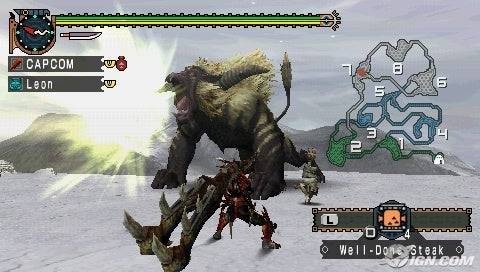
Ryozo Tsujimoto, the series' executive producer, notes, "20 years ago, Japan was in a very, very solid state in terms of the network environments available to people, and being able to connect and to play online together. And of course, we’re not speaking for everyone there, because we realize that there are people who may not have had the chance to play with friends back then. But by moving over to handheld systems, we were able to grow that player base that was interacting and playing multiplayer together."
This focus on the Japanese market inadvertently created a loop where Monster Hunter became known as a "Japan-only" brand, with exclusive content and events further reinforcing this perception. However, as Western internet infrastructure improved and online play became standard, Tsujimoto and his team saw an opportunity to launch a more globally accessible Monster Hunter game.
In 2018, Monster Hunter: World was released on PlayStation 4, Xbox One, and PC, marking a significant shift for the franchise. It was designed for larger, more capable consoles, offering AAA quality action with enhanced graphics, expansive areas, and larger monsters. Tsujimoto explains, "Our approach to the globalization of the series and Monster Hunter in general really ties into not only the themes that we had going into designing the game, but also in the name of the game. The fact that we called it Monster Hunter: World is really kind of a nod to the fact that we wanted to appeal to this worldwide audience that we wanted to really dig into and experience Monster Hunter for the first time."

Monster Hunter: World was released simultaneously worldwide, without any Japan-exclusive content, aligning with global standards. Tsujimoto and his team conducted extensive focus tests and user tests globally to refine the game's systems and enhance its appeal to a broader audience. One significant change was the inclusion of damage numbers when players hit monsters, a small but impactful tweak that contributed to the game's success.
Previous Monster Hunter games typically sold between 1.3 to 5 million copies, but Monster Hunter: World and its 2022 follow-up, Monster Hunter Rise, both surpassed 20 million copies sold. This growth was not accidental; it was the result of Capcom's efforts to make the series more accessible without compromising its core identity.
Tsujimoto elaborates on the approach with the latest game, Monster Hunter Wilds, saying, "At its heart, Monster Hunter really is an action game, and that sense of accomplishment you get from really mastering that action is an important aspect of Monster Hunter. But for newer players, it's really getting to that point. The steps involved in getting to that sense of accomplishment is really what we're trying to strategize for, in terms of designing for new players. So with World and Rise, for example, we were taking really great care to analyze where players got stuck, what was hard to understand, what they were having trouble with, getting player feedback, and also doing our own kind of research into that. And all of that kind of knowledge has impacted how we've implemented new systems into Wilds."
Within 35 minutes of its release, Monster Hunter Wilds achieved 738,000 concurrent players on Steam, more than double Monster Hunter: World's all-time high. With glowing reviews and the promise of more content, Monster Hunter Wilds is poised to continue the series' mission to captivate a global audience.
Latest News
more >-

-
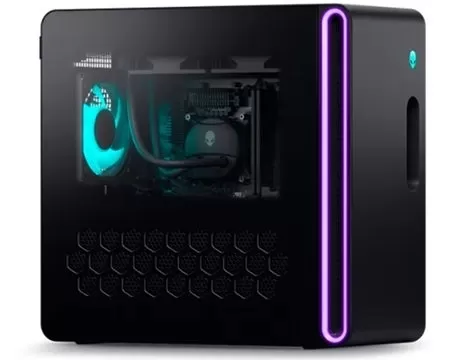
-
- The Witcher 4 to Unveil UE5 Game Tech Tomorrow
- Dec 27,2025
-
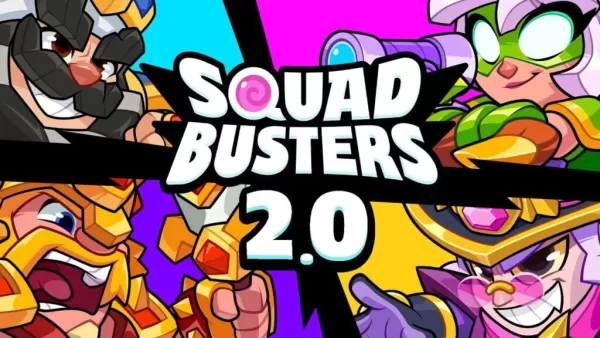
-
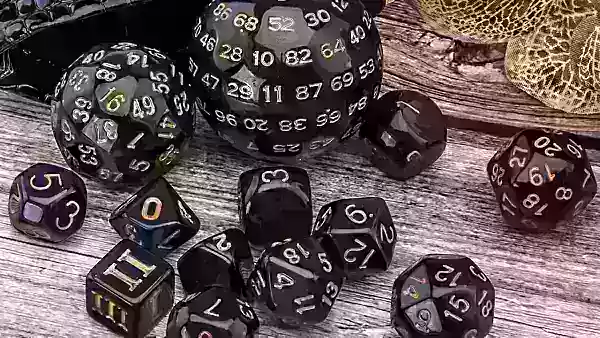
- 2025 D&D Starter Guide
- Dec 26,2025
